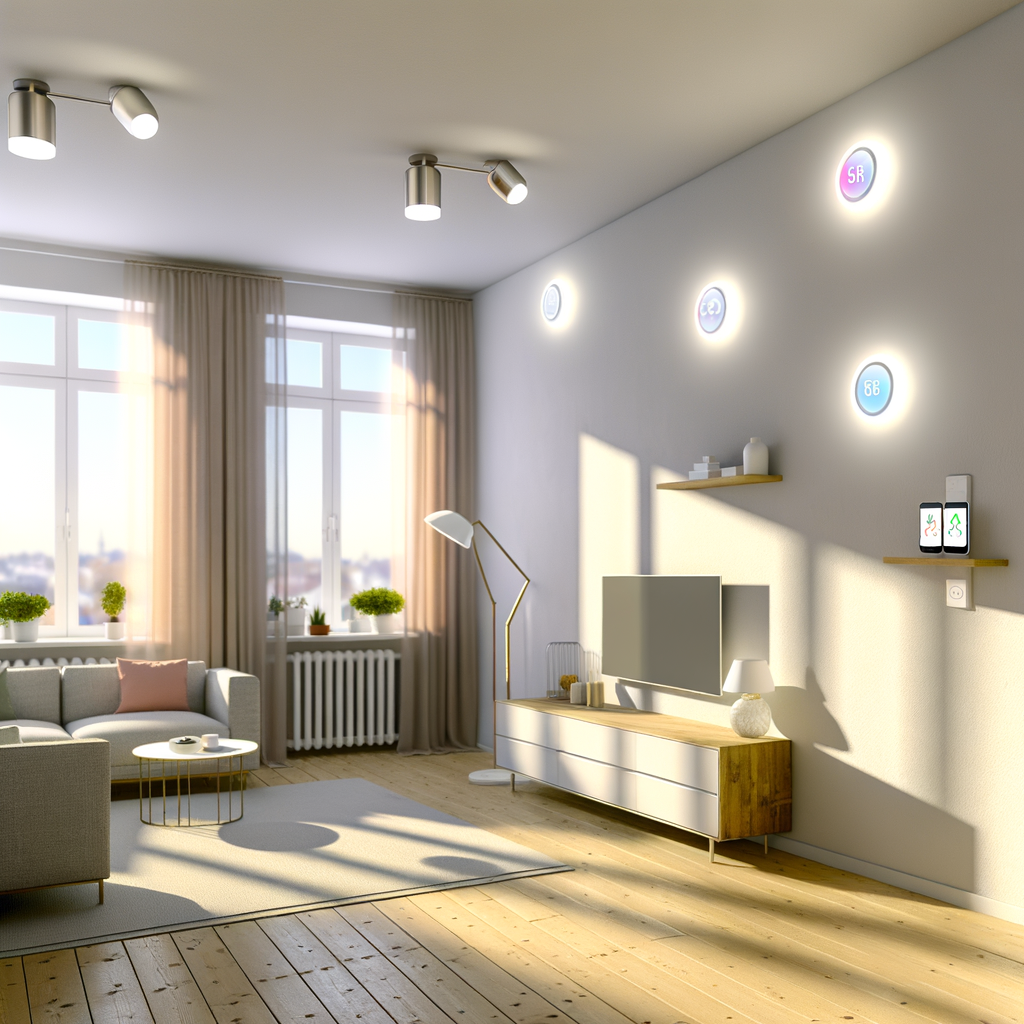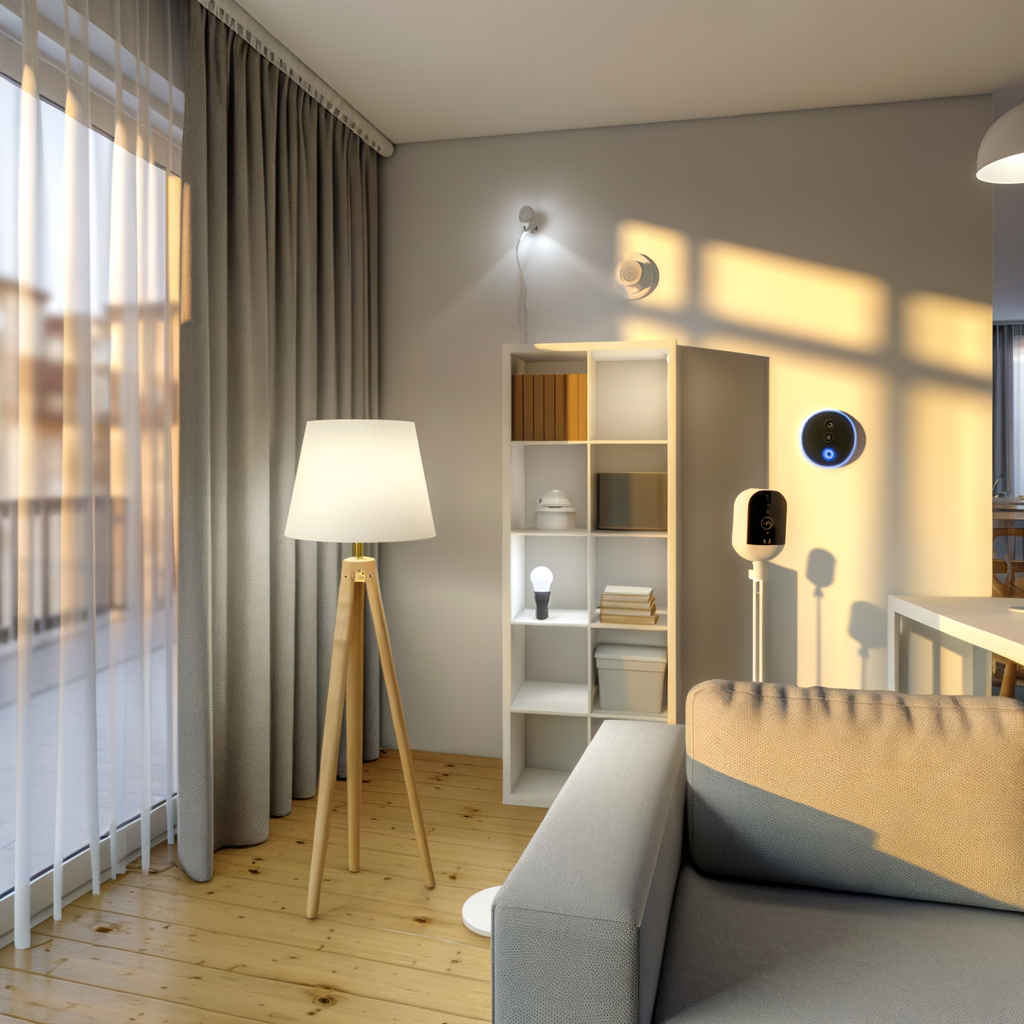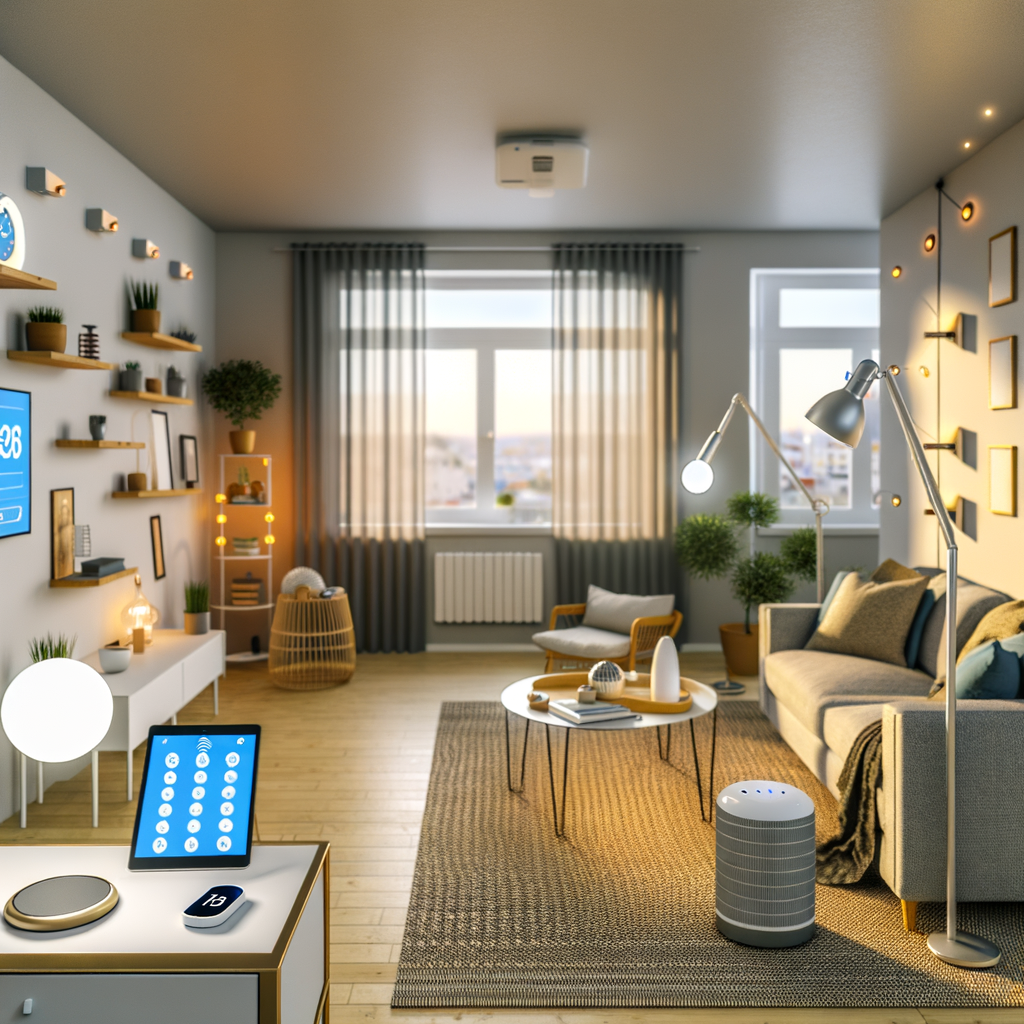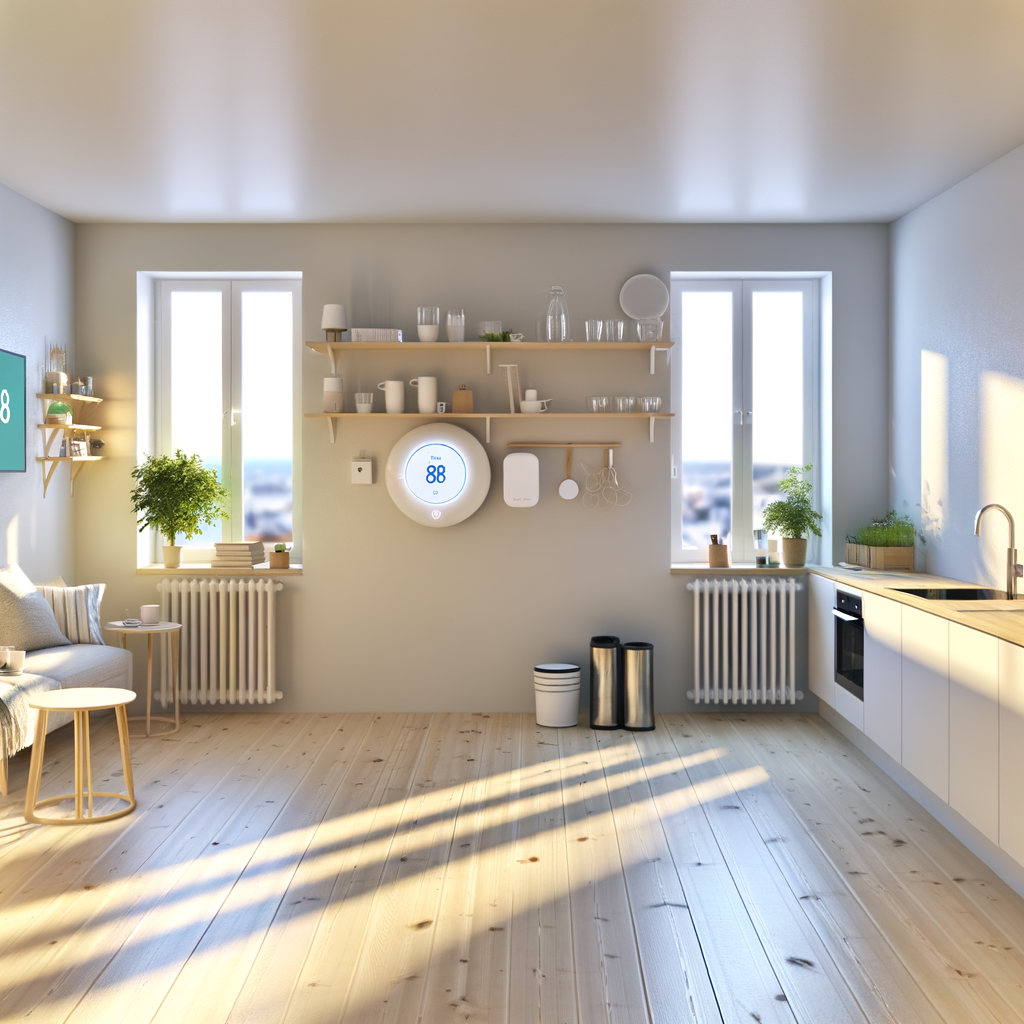5 Smart Home Devices That Save Energy (and Are Perfect for Renters!)
Looking for ways to lower your energy bill without making major changes to your rental? With today’s smart home technology, you can boost efficiency, make eco-friendly upgrades, and maintain a flexible setup—all from your phone. The best part? Many devices are renter-friendly, requiring no hardwiring and no landlord permission.
In this guide, you’ll discover five must-have smart home devices that help you save money, shrink your carbon footprint, and make everyday living simpler. Let’s dive in!
Why Renters Should Embrace Smart Home Energy Devices
As a renter, you want comfort and convenience—but without major renovations or complicated installations. Smart home devices make the perfect solution because they are:
- Portable: Take them with you when you move.
- Easy to install: Many are plug-and-play or use peel-and-stick mounts.
- No permanent changes: No need to break your lease agreement.
- Customizable: Manage everything through an app tailored to your lifestyle.
5 Energy-Saving Smart Home Devices Every Renter Should Try
1. Smart Plugs: Turn Anything Into a Smart Device
Smart plugs are affordable, simple to use, and offer instant energy savings. Just plug them into your existing outlets, connect your lamp, fan, TV, or coffee maker, and you’re ready to automate and control your devices remotely.
- Schedule appliances: Set timers or routines for lights and electronics so they turn off when not needed.
- Monitor energy use: Many smart plugs track power consumption, helping you see which devices use the most energy.
- Voice control: Pair with Alexa, Google Assistant, or Siri for hands-free automation.
Tip: Use smart plugs for “vampire” devices (electronics that drain power even when off) and see noticeable energy savings.
2. Smart Thermostats: Control Your Comfort
Heating and cooling account for a large chunk of energy use in any home. Smart thermostats make it easy to optimize your comfort and cut costs, even in apartments where you don’t own the HVAC system.
- DIY or portable options: Look for models that work with window units, portable ACs, or can be installed without rewiring.
- Learning features: Devices like the Nest Thermostat analyze your habits and adjust settings for maximum efficiency.
- Remote access: Adjust temperatures via your smartphone before you get home for optimal comfort and savings.
Tip: Not all smart thermostats require a “C-wire” or professional installation. Check compatibility with your system before you buy.
3. Smart Light Bulbs: Set the Mood and Save
Lighting is an easy win for renters seeking energy efficiency. Swap out standard bulbs for smart LED light bulbs—no special fixtures or hubs required.
- Energy efficiency: LEDs use up to 80% less power than incandescent bulbs.
- Customizable scenes: Adjust brightness, color, and schedules to suit your daily routine or save even more energy.
- Control from anywhere: Turn lights on or off with your phone or voice assistant to avoid unnecessary use.
Tip: Bring your bulbs with you when you move — they’re as portable as your lamp!
4. Smart Power Strips: Manage Multiple Devices
Modern homes are filled with electronics—from TVs and gaming consoles to routers and streaming boxes. Smart power strips help you manage them all, reducing “phantom loads” and avoiding wasted electricity.
- Individually controllable outlets: Turn each plug on/off separately via app or voice command.
- Set routines: Schedule groups of devices to power down overnight or when you leave the house.
- Automation: Link power strip control with your home routines or triggers, like sunset or leaving your home’s Wi-Fi network.
Tip: Use smart strips for entertainment centers, offices, and kitchen counters where gadgets pile up.
5. Smart Sensors: Automate Lights, Fans, and More
Smart sensors take your setup to the next level by responding to your presence or environmental changes. These sensors are small, stick-on, and usually battery-powered—ideal for renters.
- Motion sensors: Automatically turn lights on when you walk in and off when you leave a room.
- Door/window sensors: Trigger devices when you open or close doors to avoid unnecessary energy use.
- Environmental sensors: Monitor temperature, humidity, or air quality and automate fans or dehumidifiers.
Tip: Look for sensor kits that work with your smart ecosystem (Alexa, Google, Apple Home) for seamless integration.
How to Choose the Right Smart Energy Devices for Your Rental
Before you start shopping, consider these renter-friendly tips to make sure you get the most from your smart home investment:
- Check compatibility: Choose devices that work with your smartphone or preferred voice assistant.
- Look for non-invasive setups: Favor adhesive mounts, plug-ins, or battery-powered units over those requiring hardwiring.
- Plan for portability: Opt for gear that’s easy to uninstall and pack when you move.
- Keep connectivity in mind: Devices with Wi-Fi or Bluetooth often need stable internet and may require a hub for best performance.
Tips for Maximizing Energy Savings as a Renter
Combining smart devices with a few savvy habits can multiply your energy savings:
- Set up schedules: Program devices to shut off during work hours or overnight.
- Use automation and scenes: Link lights and plugs to your phone’s location or a set routine.
- Share access: Give roommates or family members app access to keep everyone on board.
- Review usage data: Many smart devices provide analytics—use them to identify where you can cut back.
- Stay updated: Check for firmware and app updates for maximum performance and security.
Common Myths About Smart Home Devices and Rentals
- “They’re too hard to install.” Most devices are plug-in, mount with adhesive strips, or screw into standard sockets.
- “I’ll have to leave them behind.” No! Unlike smart switches or thermostats that require wiring, these gadgets come with you when you move.
- “They’re expensive.” Prices have dropped sharply, with quality smart plugs and bulbs often under $20 each.
- “My landlord won’t approve.” Since you’re not making structural changes, most landlords are fine with these upgrades. When in doubt, check your lease or ask first.
Getting Started: A Simple Smart Energy Setup for Beginners
Ready to take the plunge but not sure where to start? Try this step-by-step plan:
- Start with a couple of smart plugs to control hard-to-reach lamps or electronics.
- Add smart bulbs to your most-used areas and set up routines for wake-up or bedtime.
- Install a simple motion sensor to automate entryway or hallway lights.
- Integrate everything into a free app or your chosen voice assistant for seamless control.
- Monitor energy use and fine-tune your routines as you get more comfortable with the tech.
Over time, expand your system with a smart power strip, environmental sensors, or a portable smart thermostat based on your needs.
Bonus: Do Smart Home Devices Really Save You Money?
According to the U.S. Department of Energy, using smart home technology to manage lighting, heating, and electronics can reduce your utility bill by 10-20% annually. The savings add up—especially if you’re diligent about using schedules and automation.
Remember, every rental is different, so experiment to find the




